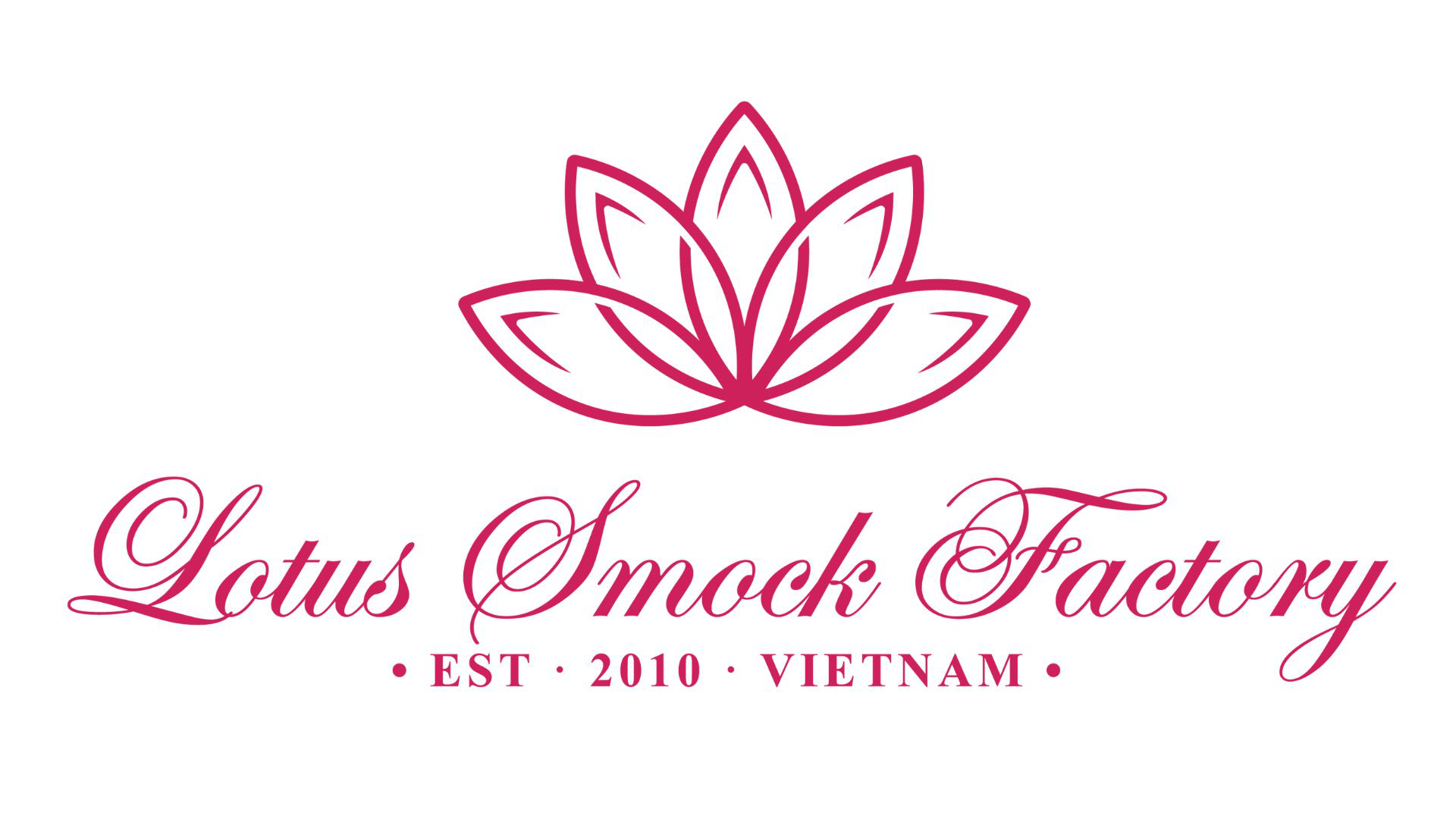Expert B2B Guide in Wholesale Linens and Embroidery Supplies
In today’s global fashion and textile industry, businesses are increasingly looking beyond mass-produced synthetics and shifting toward materials that offer authenticity, sustainability, and artisanal value. One niche that has seen remarkable growth in recent years is wholesale linens and embroidery supplies, particularly those sourced from skilled producers in Vietnam.
Nowadays, more buyers are recognizing the unique appeal of natural linen fabrics combined with traditional hand embroidery. But sourcing high-quality materials at competitive prices still requires insider knowledge, trusted suppliers, and a deep understanding of textile craftsmanship. That’s where this expert guide comes in your roadmap to importing smart, marketing effectively, and building a thriving business in this timeless, profitable niche.
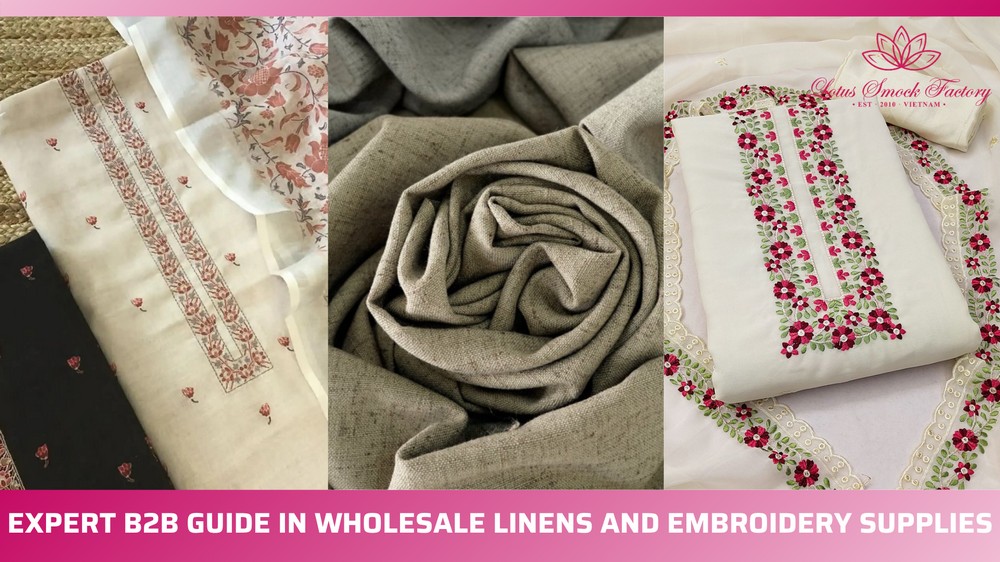
1. Wholesale Linens and Embroidery Supplies: Key Material Insights
To thrive in the textile wholesale business, understanding the foundation of your products is crucial. Linen fabric and embroidery supplies are increasingly popular among global buyers due to their versatility, sustainability, and aesthetic appeal. Let’s explore why linen stands out and how it complements children’s clothing and embroidered textiles.
1.1. What Is Linen Fabric and Why Is It in High Demand?
Linen is a natural fiber made from the flax plant, celebrated for its breathability, durability, and eco-friendliness. Unlike synthetic materials, linen is biodegradable and has a lower environmental footprint. Its strong fibers make it perfect for repeated washing and long-term use, an essential trait for children’s clothing and household items.
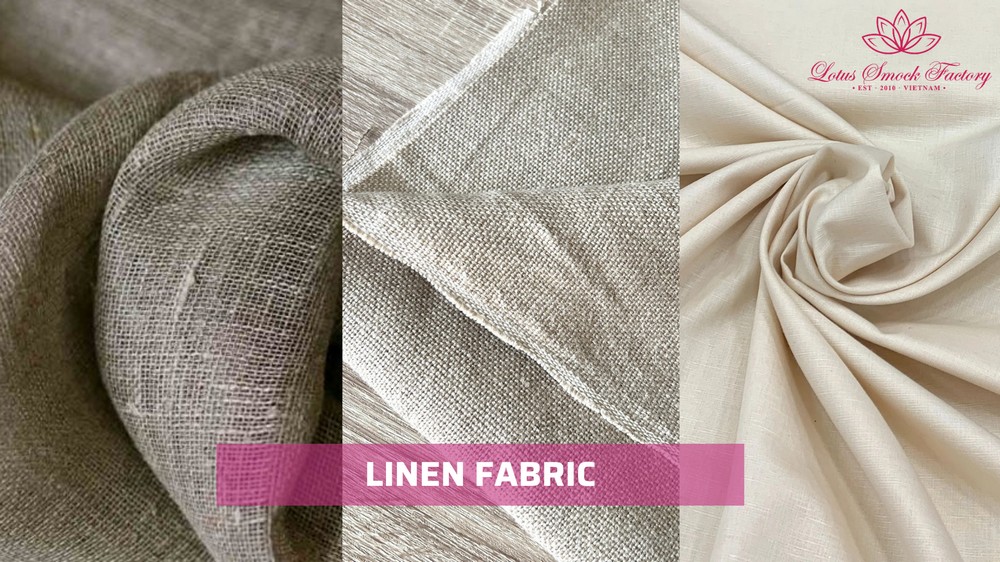
Another significant advantage is its moisture-wicking ability. Linen can absorb up to 20% of its weight in moisture before it even feels damp, making it a preferred fabric in hot and humid climates. This feature, combined with its timeless texture and matte finish, has led to growing demand in both fashion and home décor sectors, especially within slow fashion and eco-conscious markets. This surge has elevated wholesale linens and embroidery supplies as an attractive niche for importers.
1.2. Why Children Clothing With Linen Fabric Is Extremely Favored
Children’s linen clothing holds a unique spot in the market for several practical and aesthetic reasons. The fabric lends itself well to classic styles like pinafores, rompers, smocked dresses, and breezy two-piece sets. These designs, often adorned with hand embroidery or smocking techniques, offer an elegant yet relaxed look that appeals to modern parents seeking both charm and comfort.
From a production standpoint, linen is neither too sheer nor too slippery, making it an ideal canvas for embroidery and intricate handwork. This is why children’s clothing with linen fabric often features artisanal touches that elevate its perceived value.
Some buyers may initially worry about the rough texture of linen on sensitive skin. However, most high-quality linen children’s garments are fully or partially lined with skin-friendly fabrics like soft cotton voile. These linings ensure comfort while maintaining the natural elegance of linen on the exterior. Garments are frequently labeled as “fully lined” or “partly lined” to assure wholesale buyers of their child-safe construction.
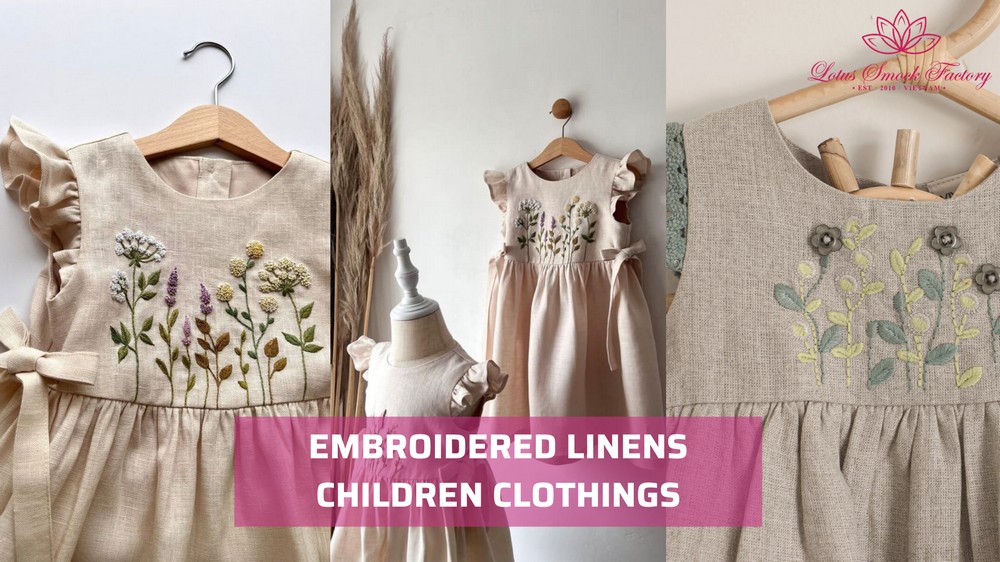
1.3. Types of Linen for Wholesale: Plain, Washed, and Embroidered
Understanding the various types of linen available for wholesale purchasing is key to meeting the diverse needs of your clientele. Plain linen is untreated and ideal for custom dyeing or printing. It’s a staple for manufacturers looking to add personal branding or modify textures.
Washed linen, often enzyme-washed or stonewashed, is softer and has a more relaxed drape. It appeals to markets that prioritize comfort and a lived-in aesthetic. This type is commonly used in casual apparel and home textiles like cushion covers and table linens.
Embroidered linen, on the other hand, blends the minimalist elegance of linen with the intricate beauty of hand or machine embroidery. These are high-value products that serve luxury children’s wear, artisan décor, and boutique collections. Vietnam specializes in this niche, offering both ready-made patterns and custom embroidery services at scale. This makes Vietnamese embroidered linens a premium choice for businesses seeking to stand out in the wholesale linens and embroidery supplies segment.
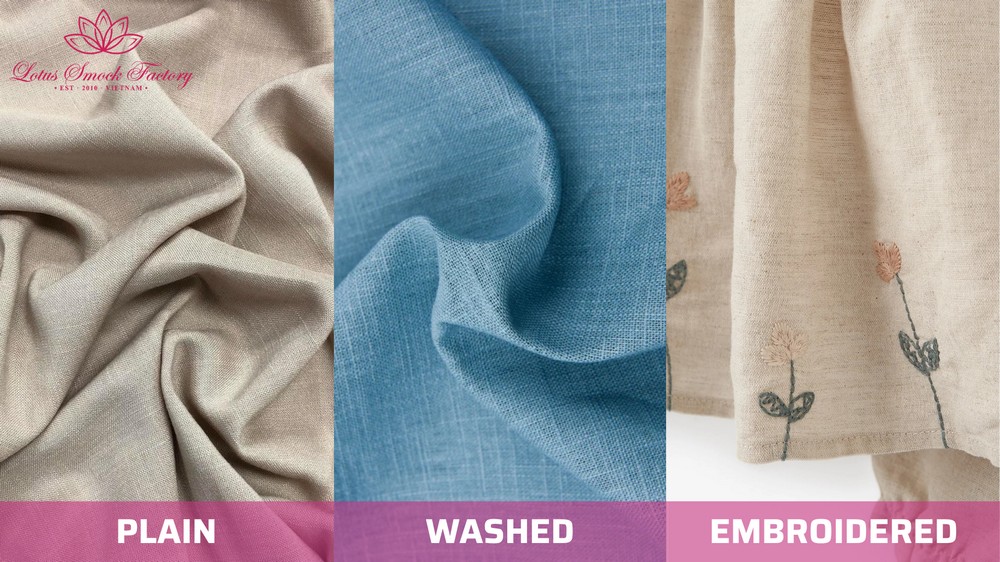
1.4. Vietnam as a Leading Supplier of Linen and Embroidery Supplies
Vietnam’s textile industry is steadily gaining global recognition, not just for its cost-competitive labor force but for its skilled craftsmanship, traditional artistry, and increasingly efficient production systems. Cities like Hanoi, Nam Dinh, and Ho Chi Minh City are home to a thriving network of SMEs and large-scale factories specializing in the production of wholesale linens and embroidery supplies for export.
According to the Vietnam Textile and Apparel Association (VITAS), the country’s textile and garment exports reached USD 44 billion in 2024, up 11% compared to 2023. This growth is driven by the country’s strategic shift toward higher-value production, compliance with international quality standards, and the effective leverage of free trade agreements. Vietnam currently exports textiles and garments to over 100 countries, with key markets including the U.S., EU, Japan, and South Korea. Notably, Vietnam’s textile market share in the U.S. rose from 10% in 2018 to nearly 20% by 2024, reflecting growing confidence in its production capabilities.
Adding to its export credibility is Vietnam’s long-standing tradition of hand embroidery, particularly in heritage-rich regions like Quat Dong (Hanoi) and Hue. These artisan villages produce high-quality, hand-embroidered linens that appeal to international buyers seeking both aesthetic value and cultural authenticity.
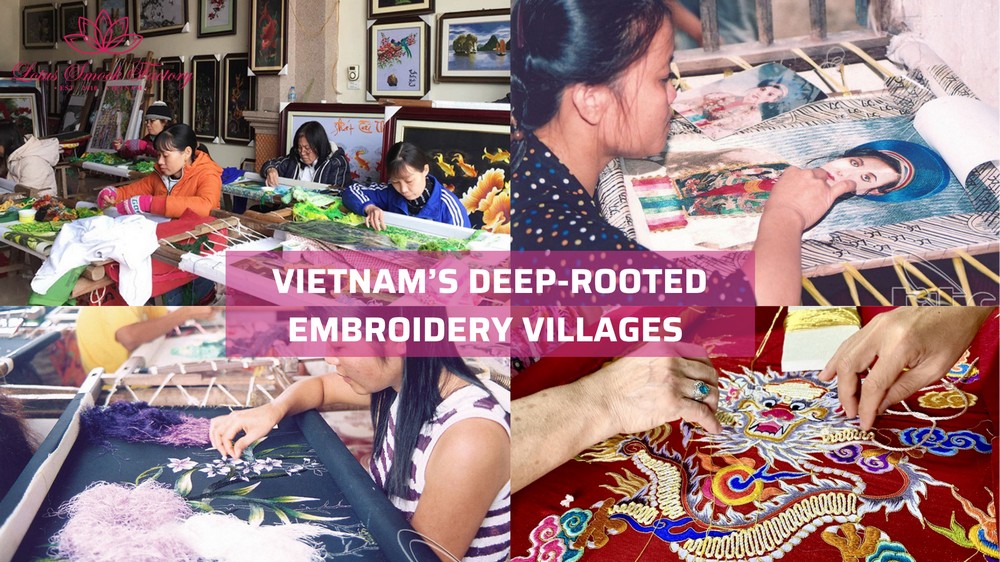
With strong government support for export growth and a robust domestic supply chain, Vietnam is fast becoming a reliable and scalable sourcing destination for businesses seeking wholesale linens and embroidery supplies that combine quality, tradition, and global market readiness.
2. How to Choose the Right Supplier of Wholesale Linens and Embroidery Supplies in Vietnam
Choosing the right supplier sets the tone for your entire sourcing operation. With many options available, it’s essential to assess partners based on tangible criteria, professional networks, and red flags that could impact your import success.
2.1. Key Criteria When Evaluating Linen and Embroidery Suppliers
First, evaluate the manufacturer’s production capabilities so that they can handle your order volume and meet consistent quality benchmarks? Next, assess their product variety and wonder if they can offer plain, washed, and embroidered linens? Do they support OEM (Original Equipment Manufacturer) or ODM (Original Design Manufacturer) services for private labeling?
Experience in export logistics is equally important. Reliable suppliers will readily provide legal documentation such as export licenses, material certifications, and factory audits. In addition, clear contracts, payment policies, and after-sales support, including warranty or return terms, demonstrate professionalism and reduce risk.
2.2. Where to Find Reliable Vietnamese Linen Wholesalers
Digital platforms like Alibaba, VietnamExport, and Global Sources are excellent starting points for discovering verified Vietnamese linen exporters. Filter by verified suppliers, reviews, and export history to shortlist candidates.
For more hands-on sourcing, consider attending trade shows such as SaigonTex or Vietcraft, where you can inspect samples and meet manufacturers face-to-face. Industry associations like VITAS (Vietnam Textile & Apparel Association) also provide valuable directories and referrals. For buyers with large orders, direct factory visits or third-party sourcing agents offer added assurance.
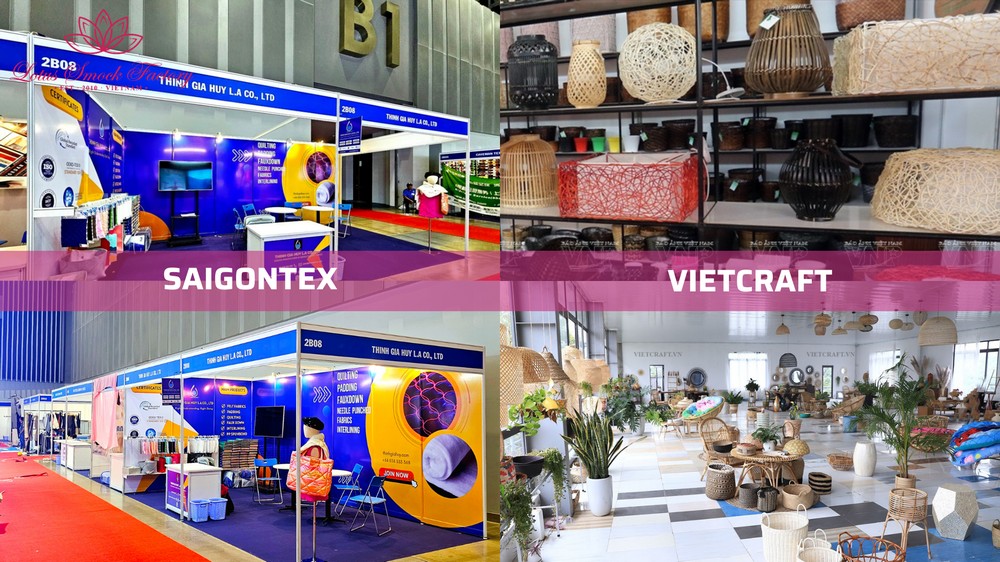
2.3. Red Flags to Avoid When Dealing with New Suppliers
Stay alert for overly low prices or deals that seem too good to be true, they often indicate quality compromises or scams. Lack of transparency in business licenses, unclear minimum order quantities (MOQs), and poor communication are red flags.
In addition, it’s essential to avoid suppliers with no factory images, unverified online presence, or generic contact emails. These are common signs of trading companies masquerading as manufacturers.
3. How to Import Wholesale Linens and Embroidery Supplies from Vietnam
Once you’ve selected a trusted supplier, the next step is navigating import logistics. Being informed on customs, production timelines, and payment protocols is crucial to a smooth operation.
3.1. Understanding Import Regulations and Customs Clearance
Each importing country has its own set of regulations. However, common requirements include a commercial invoice, packing list, bill of lading, and certificate of origin. For textiles, some countries also require proof of material content and dye safety compliance. Duties and import taxes will vary depending on trade agreements and product categories.
Consider hiring a freight forwarder or customs broker familiar with textile imports to avoid delays and penalties. They can handle documentation, HS codes, and tax estimates efficiently.

3.2. Timing Your Orders: Lead Time, Production Schedules, and Delivery Planning
Plain linen orders typically have short lead times, around 1 to 2 weeks, due to streamlined production. Custom embroidered or smocked pieces take longer, ranging from 3 to 6 weeks, especially if complex stitching or multiple fabric types are involved.
Buyers should also factor in Vietnam’s holiday seasons, like Tet (Lunar New Year), when production slows down significantly. To prepare for seasonal sales (like back-to-school or holidays), it’s best to place orders at least two months in advance. Also, it’s vital to use formal contracts and pre-agreed quality control (QC) checklists to prevent delays and disputes.
3.3. Payment Terms and Risk Management When Importing
Secure payment methods such as Letters of Credit (LC) or Telegraphic Transfers (T/T) are widely accepted in Vietnam. For large transactions, LCs offer higher protection. Always have a written agreement that covers payment stages, delivery milestones, and penalties for non-compliance.
Fraud prevention measures include working only with verified suppliers, requesting factory audits, and conducting video walkthroughs. Don’t rely solely on WhatsApp or email; ensure there’s a legal entity behind the deal.
4. Building a Competitive Edge with Your Linen and Embroidery Business
In today’s globalized marketplace, your success doesn’t end with import logistics. Building long-term value means creating a brand that resonates with your target audience: tailers, designers, and boutique buyers who value quality and story.
Start by crafting a strong product narrative that highlights craftsmanship and ethical sourcing. Leverage professional photography and storytelling to showcase hand embroidery, fabric textures, and behind-the-scenes production.
Then, educate your audience through content marketing: articles, guides, and videos that explain fabric care, linen advantages, and embroidery techniques. Sharing knowledge positions you as a trusted expert, not just a vendor of wholesale linens and embroidery supplies.
Next, build strategic partnerships with local boutiques or e-commerce platforms in your target markets. Offer samples, co-branded promotions, or exclusive capsule collections to get your embroidered linen noticed.
Finally, remember to always listen to your clients. Their feedback on design, quality, and delivery will guide your continuous improvement and that’s the foundation for a sustainable, profitable business.
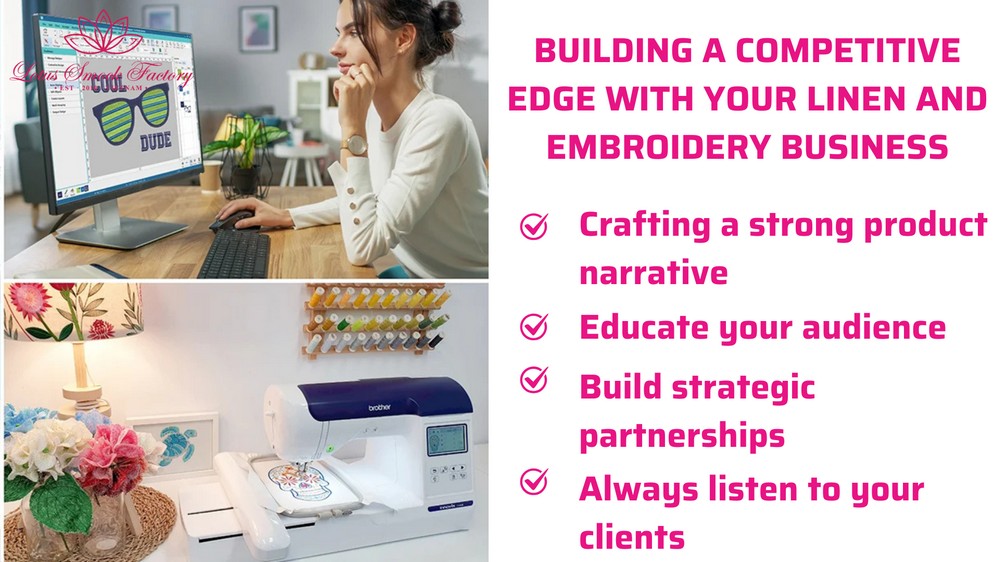
Whether you’re sourcing plain fabrics or custom children’s garments, Vietnam offers unmatched potential in wholesale linens and embroidery supplies. By understanding the material, choosing the right supplier, mastering import logistics, and investing in long-term branding, you can position your business for sustainable growth in this thriving sector.
If you’re a wholesaler looking for a reliable partner to supply beautifully crafted linen embroidery dresses for children, look no further. Our factory, Lotus Smock, has years of experience working with international buyers to deliver premium, handcrafted garments made from natural fabrics like linen and cotton.
We combine traditional Vietnamese hand embroidery techniques with modern production standards to meet the highest expectations in quality, design, and consistency.
Contact Lotus Smock at:
- Facebook: facebook.com/lotussmockfactory
- WhatsApp: +84 83 333 3498
- Youtube: youtube.com/@LotusSmockFactory
